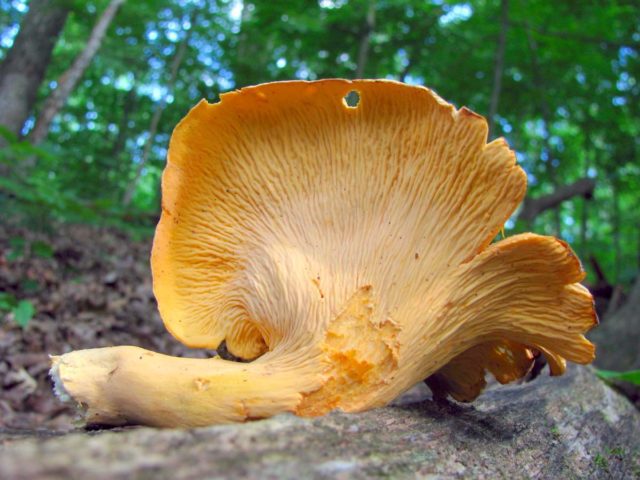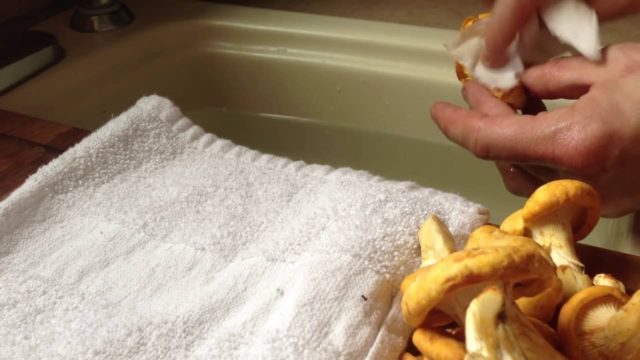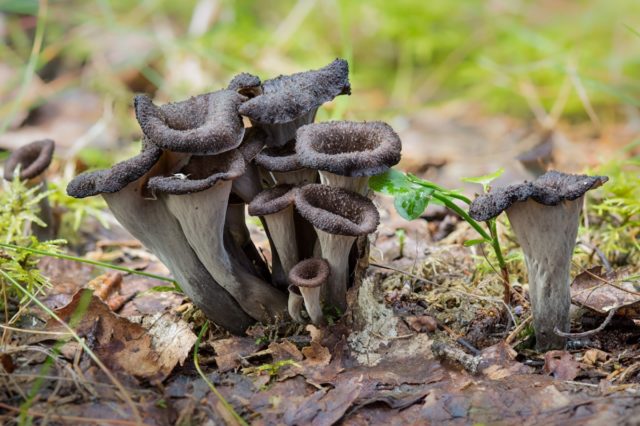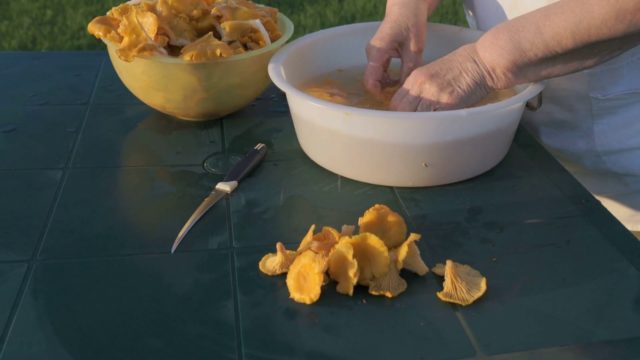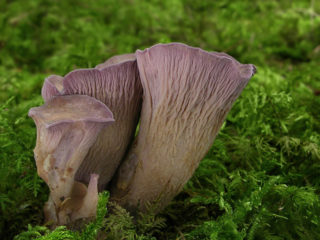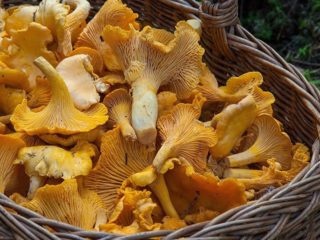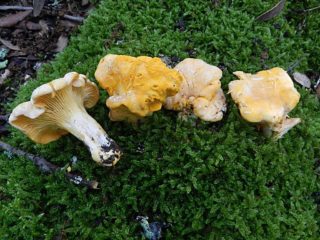Content
It is necessary to clean the chanterelles on the first day after collection. This process promises to be simple and educational. Each type of mushroom has its own rules, which it is better to listen to so as not to make mistakes. This will help you to enjoy the wonderful taste and aroma of the delicacy to the fullest after cooking.
How to process chanterelles after collection
When collecting, you can immediately notice that the chanterelles are quite fragile and require special treatment. It is better to start processing immediately after cutting. To do this, it is enough to clean the mushrooms from large debris in the form of foliage and twigs. The basket cannot be filled to the top, so as not to crush the bottom layer of the crop.
Already at home, start a thorough processing.
Do I need to peel the chanterelles
Chanterelle processing is a mandatory step, which is best approached responsibly. The caps of these mushrooms are sticky and the debris will hold on tightly.
Actions to be carried out step by step:
- Soak for a little while.
- Clean caps and gills.
- Rinse with plenty of water.
Do not skip each of these points.
How to peel chanterelle mushrooms
Not everyone can clean the chanterelles correctly, many make mistakes. As a result, ready-made dishes can come with rubber and tasteless mushrooms, and small debris will creak on your teeth.
Procedure:
- Take out one copy and put it in a bowl of water for a quarter of an hour.
- Rinse the surface of the cap from soaked small debris with a sponge.
- Examine completely to make sure there are no blackened spots that just need to be scraped off or cut off in the same way as the bottom of the leg.
It remains to move on to the last stage of preparation.
How to wash chanterelle mushrooms
You will also need to wash, paying attention to each mushroom. Place the top of the cap under the tap first, gently massaging with your fingers and removing dirt.
Then turn over and clean the sand and earth between the plates under running water. Put everything in a colander to drain excess liquid.
Do I need to soak chanterelles in water
Despite the fact that chanterelles contain bitterness, which repels pests, more often preliminary soaking is not required.
But there are exceptions, these include:
- Old large fruits have time to collect a large amount of unpleasant taste.
- Dry weather often leads to the fact that mushrooms are very bitter during the season. Chanterelles gathered near conifers and moss also accumulate an unpleasant taste.
- Some housewives make the mistake of freezing fresh mushrooms when there is no time for processing. This is also a factor in the accumulation of unpleasant taste.
Bitter chanterelles are tasteless, but not hazardous to health if collected in ecologically clean places, properly processed and preserved. In other cases, soaking is not required, especially if they were previously soaked in water when removing debris.
It is worth paying attention to one of the varieties of this mushroom - the black chanterelle. The delicacy product is not familiar to everyone, but connoisseurs love to prepare it. It can also be fried fresh, but only the cap is used (the leg is quite dense).But it gained great popularity in a dried and ground into powder form, which is added to dishes during cooking to give a special taste.
It must be pre-soaked to get rid of accumulated toxins.
Do I need to soak chanterelles before frying
In this case, it is not only about the quality of the mushrooms, but also about the option of cleaning and preparing the chanterelles before frying. Cases when it is necessary to soak mushrooms have already been described.
The fact is that some cooks pre-boil the crop before heat treatment in a pan. Even if specimens with the presence of bitterness are caught, it will all go into broth.
If the crop is fresh and there is no doubt, after chopping the mushrooms are immediately fried in a pan until cooked.
Do I need to soak chanterelles before pickling
Before pickling, chanterelles are almost always pre-boiled. During such heat treatment, bitterness, if present, will all go into the water, which must be changed after 10 minutes of boiling.
So that large mushrooms are not only boiled, but also get rid of the unpleasant taste, they must be cut into pieces similar in size to the smallest specimens.
In some recipes, it is recommended to pickle only the chanterelle caps after processing. In this case, you should not be afraid of bitterness at all, since it is more contained in the legs. But if caviar is to be prepared from them, then it is better to hold them in a salted and acidified composition for no more than 20 minutes.
Is it possible to soak chanterelles at night
As already mentioned, chanterelles are a fragile mushroom. After cleaning and being in water for a long time, they will become lethargic, soft, may partially lose color and taste, as well as useful substances. In the absence of time, some advise keeping on the shelf intended for vegetables, only sorted out. Even rinsing them is not worth it. Perform all the necessary actions immediately before cooking.
A frozen semi-finished product from chanterelles, if the mushrooms have not been previously boiled, often tastes bitter. In such cases, prolonged soaking in a salty composition, and then boiling, helps to get rid of the unpleasant taste.
But as for the black look, many people soak it, leaving it in water for 12 to 24 hours.
Useful Tips
It is worth considering tips from experienced mushroom pickers - how to properly collect, process and cook chanterelles:
- Do not go out on a "quiet hunt" after a long and dry period, as well as prolonged frosts. During this unfavorable period, the mushrooms have time to be saturated with harmful substances. It is highly likely to harvest with bitterness.
- Choose places with clean air, away from industrial plants and highways.
- Inspect each specimen after cutting. Do not put chanterelles damaged by worms with healthy mushrooms. Cut off blackened areas, scrape off dirt and sand.
- In the basket, the product should feel free, so as not to break.
- At home, do not pour everything into the water, because small debris will accumulate at the bottom.
- Start processing immediately, preventing the crop from starting to deteriorate. In a cool place, chanterelles can stand no more than a day.
- Peel and be sure to boil the mushrooms if they are frozen.
- If there is a semi-finished product on the table, the quality of which there are doubts, then prepare a small batch in order to understand the taste. If necessary, when bitterness is present, soak or boil.
- Be sure to flip it in a colander to get rid of excess moisture.
More often, chanterelles do not cause much trouble to housewives.
Conclusion
It is very easy to clean chanterelles if all conditions are met beforehand during collection. Correctly performed actions will help you prepare a wonderful dish of delicious mushrooms or prepare them for the winter to enjoy the gifts of summer all year round.

